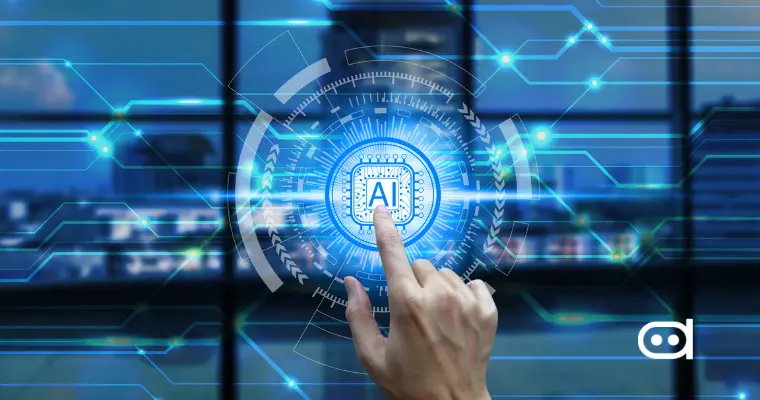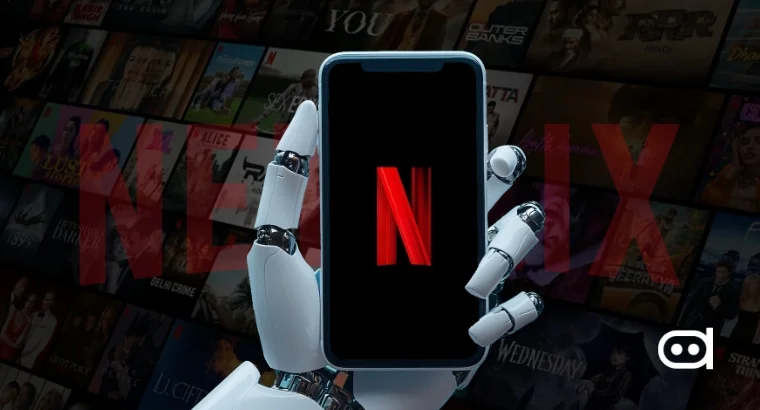
In today’s dynamic market, candidates seek better means of creating lasting resumes. Each of the AI-based resume constructors and traditional resume writing methods has its own merits and demerits. For example, manual resume writing has always been appreciated for its custom touch and care for details, while the use of AI is rising due to its speed, keyword integration, and access to applicant tracking systems.
The choice of method is based on personal objectives, the nature of the industry, or the kind of application you want to send. This article explores the merits, distinct features, and issues of both methods so you have the relevant information to pick the right option.
Understanding Traditional Resume Writing
Writing a resume in the traditional way involves a lot of work, as job seekers (or resume writers) build resumes from scratch. As a result, every document is unique and presents each individual’s different abilities, experiences, and characters since it was created manually.
This conventional approach includes developing ideas, writing, and formatting the content for accuracy and visual appeal. Since people tend to remember promising stories but forget bland facts, keyword-dense resumes made by AI are usually less appealing to many recruiters than custom-made ones. A manually written resume often resonates more with hiring managers as it allows for nuanced language and storytelling, which can be beneficial when applying for creative or highly specialized roles.
Understanding AI Resume Writing
The past few years have seen a meteoric rise in the usage of AI-powered resume builders. These applications employ artificial intelligence and natural language processing capabilities to look at the candidate’s work history, target job, and skill set. AI resume builder tools produce customized content and recommendations aimed at writing the best resume possible. AI resume writing applications have transformed the conventional way of building resumes. With the help of these applications, one can develop effective resumes without the need to start from the very basic elements.
AI-based platforms are more appropriate for candidates who want to apply for several positions and customize their approach for each. They automate resume tailoring and add the necessary keywords while ensuring their resumes have an ATS-compliant format. AI resume writing, equipped with editable templates and required tools, helps an individual prepare customized documents suited to industry standards quickly.
Few Features of AI Resume Writing
Keyword Optimization: AI tools employ sophisticated algorithms to analyze job descriptions and isolate the key terms that should be included in CVs, particularly for ATS. This improves the chances of the CV being seen by the recruiter, as it can pass through the keyword filtering systems.
ATS Compliance: AI-assisted resume builders tackle multiple compliance layers. They analyze document properties to remove hidden metadata that may trigger ATS flags, maintain consistent text encoding to prevent character corruption, and create proper document hierarchy through standardized section markers.
Customizable Templates: Many AI resume builders include templates that are appropriate for specific industries and roles. Utilizing readymade designs, the user can customize templates and layouts to match their career achievements and objectives.
Speed and Efficiency: The fast nature of these tools is perhaps the most distinctive feature of AI resume-writing tools. These enable job applicants to write a convincing resume in under a few minutes, encouraging them to apply for various job openings promptly.
Explore the list of AI tools for resume building to compare their prices and features to find the best fit for your needs
Key Differences: AI Resume vs. Traditional Resume
Here’s a comparison of key aspects between AI and traditional resumes to help you make an informed decision:
| Aspect | AI Resume Writing | Traditional Resume Writing |
|---|---|---|
| Speed & Convenience | High speed; resumes generated in minutes. | Time-consuming, and requires manual writing. |
| ATS Optimization | Highly optimized for ATS compatibility | May lack ATS compliance without manual adjustments |
| Customization Method | Pre-designed templates with custom fields. | Can create anything from scratch. |
| Accuracy | Reliable for basic details and keyword integration. | High, but dependent on the writer’s skills. |
| Creativity and Personalization | Limited templates and automation can limit uniqueness. | Allows high customization and use of imagination for unique resumes. |
| Benefits | Quick, efficient, and ATS-friendly; best for high-volume applications. | Allows creative, personalized storytelling; ideal for specialized roles. |
| Challenges | Limited in creative expression; may feel impersonal. | Time-intensive and requires significant effort for each application. |
| Costing | Often subscription-based, affordable options are available. | Can vary; professional writers may charge high fees. |
| Usability | Easy to use with minimal experience. | Requires resume-writing skills or a professional writer. |
| Adaptability for Different Roles | Templates and keywords tailored to roles make it versatile. | Requires manual adjustments for each role. |
| Integration with Other Platforms | Easily integrates with job boards and LinkedIn. | Limited integration and manual uploading are required. |
Conclusion
The use of AI in resume creation versus conventional methods has its pros and cons and ultimately depends on the person’s preference. AI resume writing is for people who want to have an ATS-friendly resume that can be created quickly. It guarantees that key terms are included, the layout is simple, and it meets a broad range of functions; therefore, it is ideal for individuals looking for jobs in very competitive industries.
On the flip side, traditional resume writing for creative jobs is advantageous to those who work in senior roles or creative positions where narratives and personalization are appreciated. Creative resumes are quite flexible in design and offer a more appropriate display of qualifications, experience, and a personal touch.
In conclusion, using AI resume builders or traditional resume writing depends on one’s career aspirations and the nature of the targeted industry. AI tools save time and space; on the contrary, the traditional approach enhances imagination and creativity, so both are useful in different situations.









